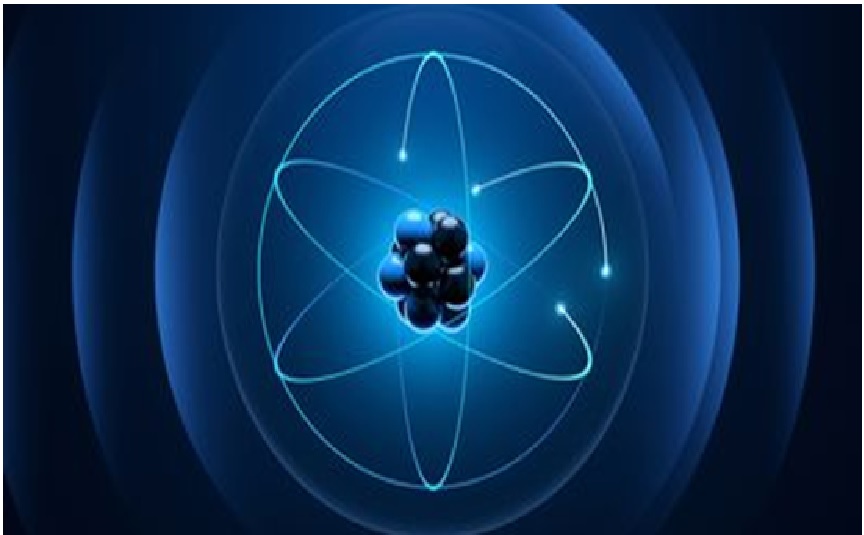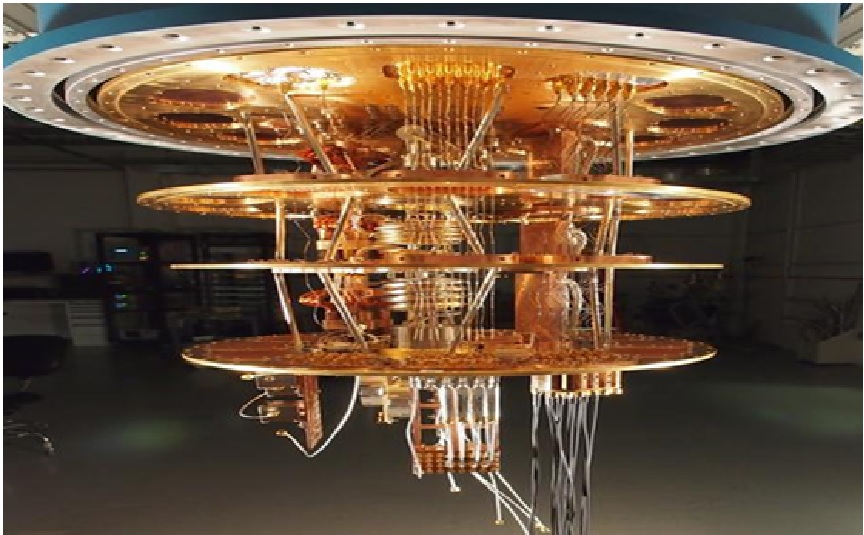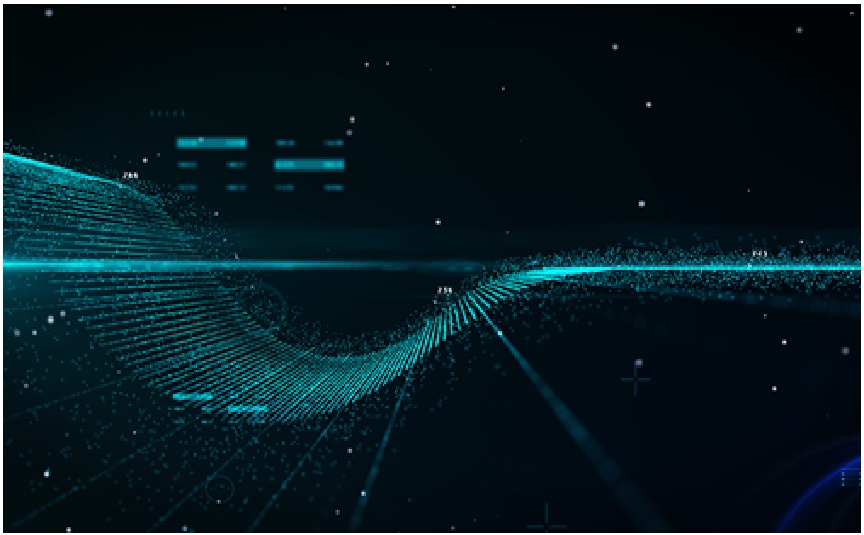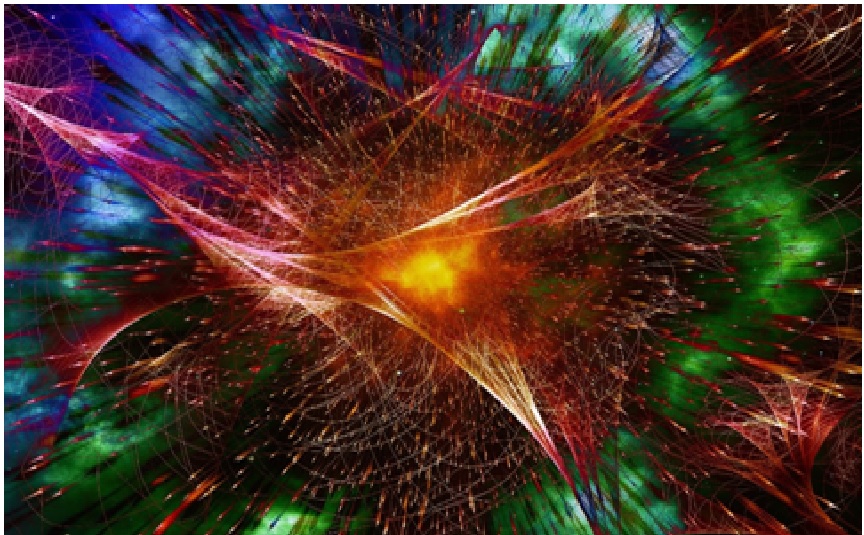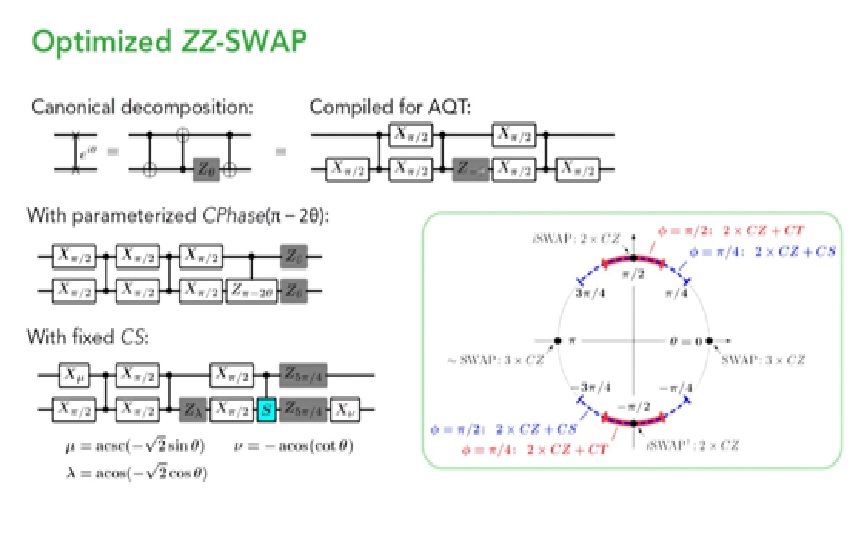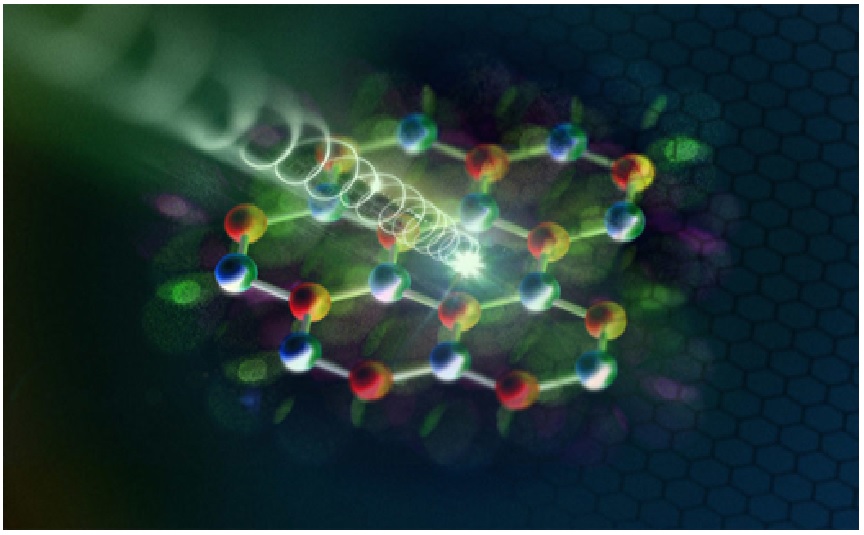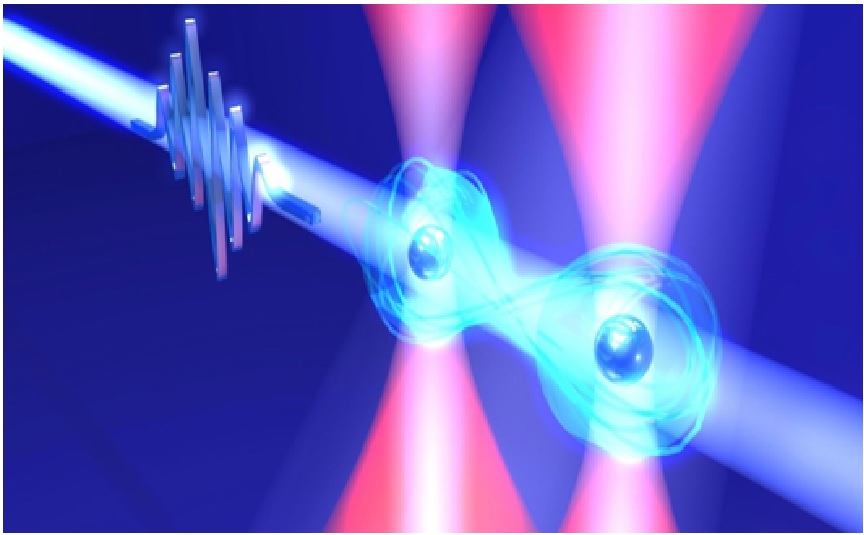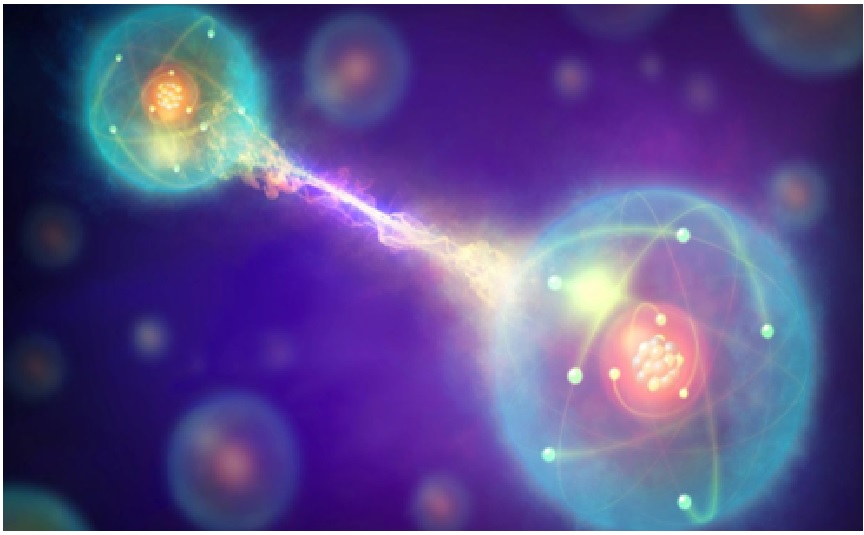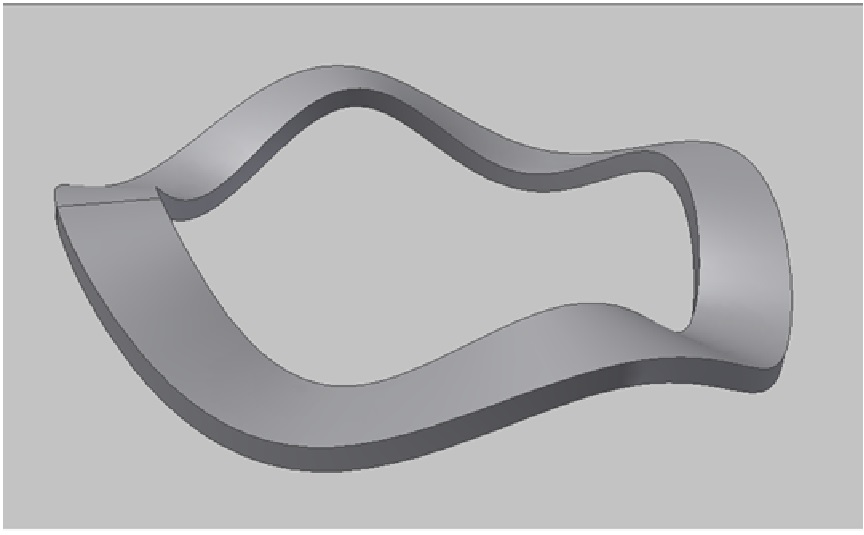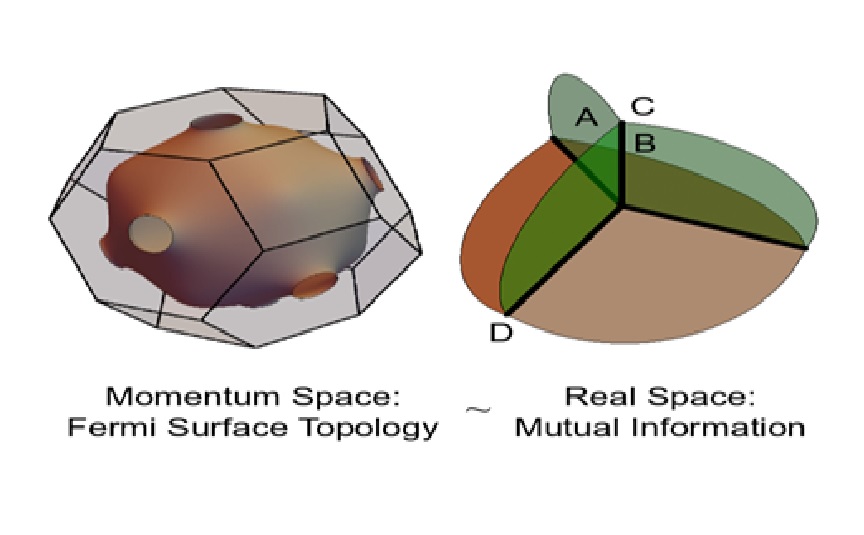Scientists Open New Frontier in Quantum Science and Technology
Researchers have opened a new frontier in quantum science and technology by using photons and electron spin qubits to control nuclear spins in a two-dimensional material. This will enable applications like atomic-scale nuclear magnetic resonance spectroscopy and the ability to read and write quantum information with nuclear spins in 2D materials.
The research team from Purdue University used electron spin qubits as atomic-scale sensors, and also to effect the first experimental control of nuclear spin qubits in ultrathin hexagonal boron nitride. [1]
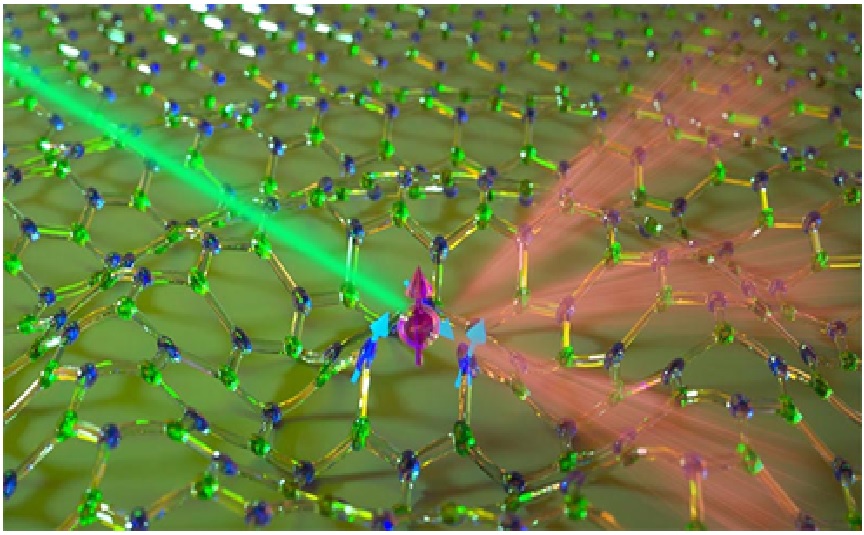
Figure 1. Scientists open new Frontier in Quantum Science and Technology
Figure 1 shows “Now we can use light to initialize nuclear spins, and with that control we can write and read quantum information with nuclear spins in 2D materials.” This method can have many different applications in quantum memory, quantum sensing and quantum simulation.”[2]
The spin qubit can then be used as a sensor, probing, for example, the structure of a protein, or the temperature of a target with nanoscale resolution. Electrons trapped in the defects of 3D diamond crystals have produced imaging and sensing resolution in the 10-100 nanometer range.
But qubits embedded in single-layer, or 2D materials, can get closer to a target sample, offering even higher resolution and stronger signal. Paving the way to that goal, the first electron spin qubit in hexagonal boron nitride, which can exist in a single layer, was built in 2019 by removing a boron atom from the lattice of atoms and trapping an electron in its place. [3]
The nuclear spin can be optically initialized—set to a known spin—via the spin qubits of the surrounding electrons. After initialization, the radio frequency can be used to change the nuclear spin qubit, essentially “writing” information, or measuring changes in the nuclear spin qubits, or “reading” information. Their method uses three nitrogen nuclei at the same time, with a coherence time more than 30 times longer than room temperature electron qubits. And a 2D material can be layered directly onto another material, creating an embedded sensor.
Finally, the ultrafine interaction between the excited electron and the three surrounding nitrogen nuclei forces the nuclear spin to change. When the cycle is repeated several times, the nuclear spin reaches the +1 state, where it remains independent of repeated interactions. If all three cores are set to +1, they can be used as a triplet of qubits. [4]
References:
- https://scitechdaily.com/scientists-open-new-frontier-in-quantum-science-and-technology/
- https://techsens.in/scientists-open-new-frontier-in-quantum-science-and-technology/
- https://www.purdue.edu/research/features/stories/2d-array-of-electron-and-nuclear-spin-qubits-opens-new-frontier-in-quantum-science/
- https://trends.techno-ar.com/scientists-are-opening-a-new-frontier-in-quantum-science-and-technology
Cite this article:
Thanusri swetha J (2022), Scientists Open New Frontier in Quantum Science and Technology, AnaTechMaz, pp.74



